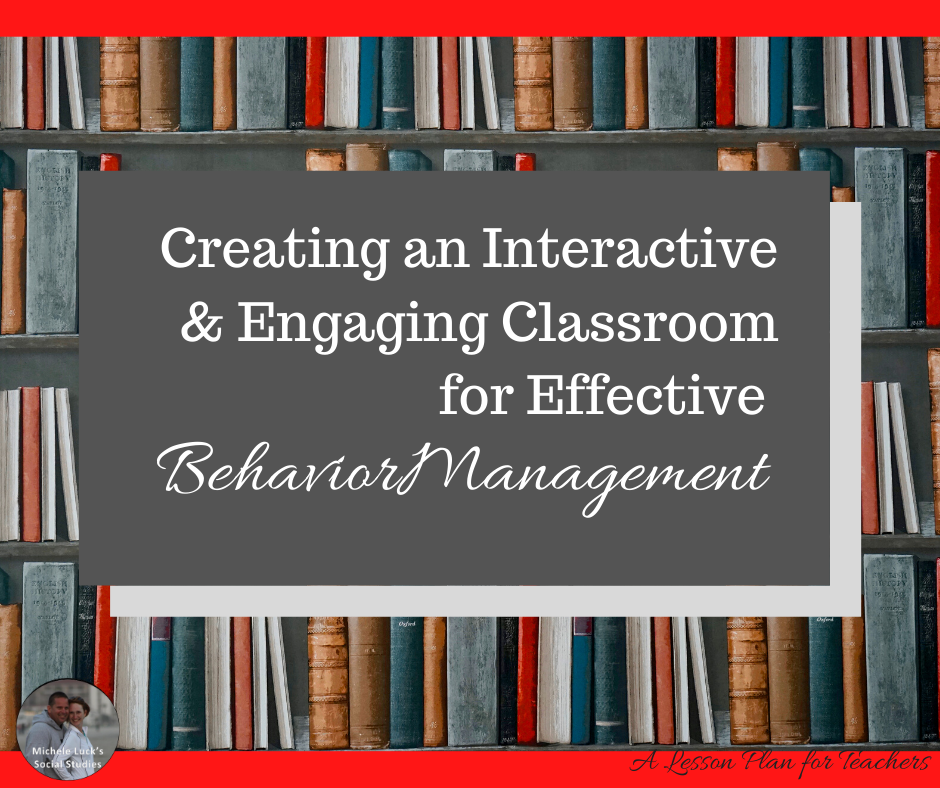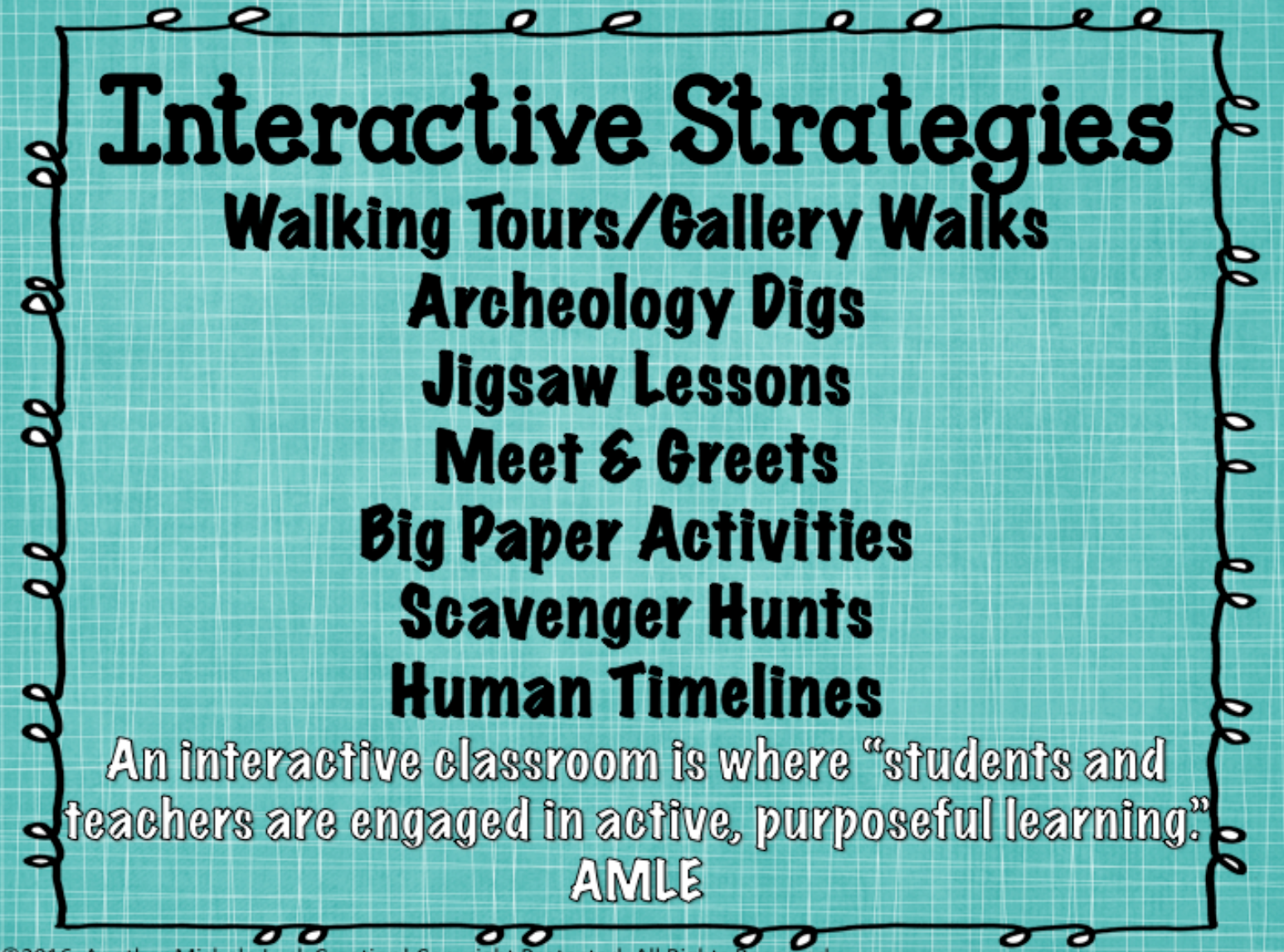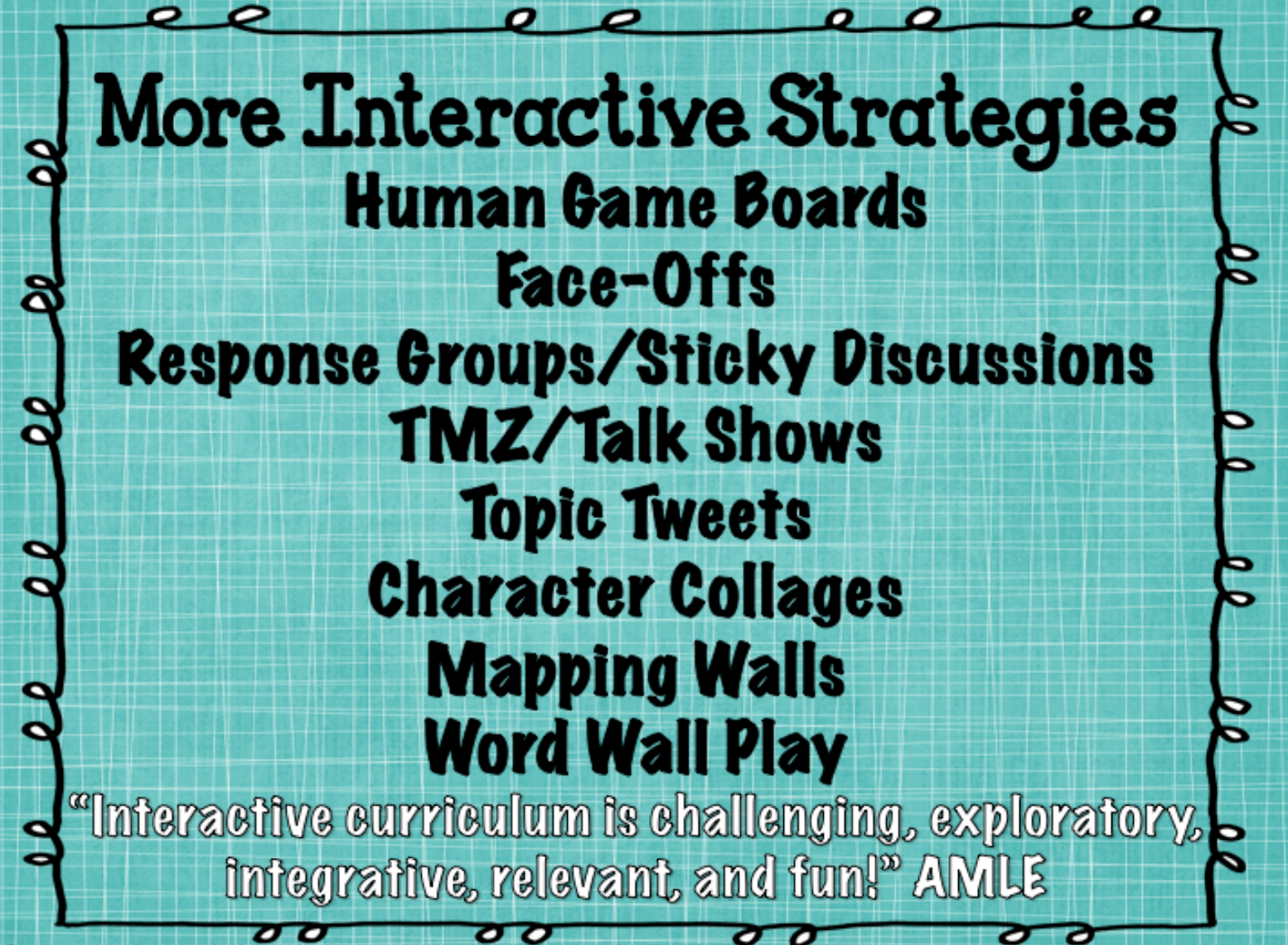Middle and high school teachers often state that their greatest challenge is finding effective classroom management strategies. Classroom management is usually taught in education preparation programs, but it is skimmed over or introduced from older manuals and programs that worked with students from previous generations. Our current students require newer and more effective strategies that deal with the world we live in today.

Classroom Management Does NOT Stand-Alone
Older methods of classroom management rely on checklists, call words, or calendars that responded to inappropriate behaviors. They are reactionary strategies. These no longer work effectively and often require more time and training than they are worth.
In addition to the ineffectiveness of stand-alone programs, these strategies often ask teachers to step away from teaching their content to teach appropriate behaviors or to implement appropriate responses to negative student interactions. In classrooms where time is already short for ever-growing curriculum standards, taking time out for interruptions is not effective.
Interactive and Engaging Classrooms
One of the best pieces of advice given by more experienced teachers is to keep your students busy. When your students are busy, they have less time to find trouble. This is very true, but the method in which you keep students busy is the key.
Text-reading, repetitive desk work, or even online activities that do not draw student interest can lead to student boredom and a lack of engagement.
An Interactive Classroom is NOT (solely):
Using Internet Resources
Using an Interactive Notebook format
Using Google Drive or Google Classroom
It is Interpersonal learning.
A truly interactive classroom is ACTIVE! It involves students being up and moving around the room. Students are talking and interacting with one another. They are practicing skills like inquiry, investigation, and analysis. And they are working cooperatively to solve problems.


Creating an Interactive Classroom
Creating an interactive classroom does not have to be a separate practice from lesson planning or mapping out your curriculum. Interactivity can even be utilized when using more traditional resources or with tech-based programs. It simply requires movement and interaction.
Seating
Start by changing up your seating. Move desks into groups or pair of student desks for easier collaboration. If you can move to flexible seating, you can strategically create options for rewarding students simply by offering a seat change. And if all else fails, remove the desks from your classroom. It may sound crazy, but students love sitting on the floor and stretching out to work on assignments with one another. Invest in pillows or rugs and let the cooperation begin!
Grouping
Student grouping and collaboration is vital for an interactive classroom. When students are allowed to interact, they ask more questions, engage more in discussion, and think more critically about the content they are researching. While some will suggest mixed-ability grouping, varied grouping can be even more beneficial for all students. Change up the groups open and even allow student-chosen grouping from time to time.
Strategies
Any activity can be turned into an interactive lesson. Even text reading can evolve from an individual, silent activity to a collaborative, group exchange of reading and discussion. However, some strategies lend themselves to more effective collaboration and learning than others.
The Teacher’s Role in an Interactive Classroom
Interactive classrooms do not only require student movement, but also teacher movement. Your role still requires teaching and direction-giving, but also involves movement around the room to guide students toward greater engagement and deeper thought. You will teach, facilitate, interact, guide, question, assess, offer feedback, and offer redirection. Steps in your instruction that have previously been done through paper exchange (grading) can now be done orally and within the process of active learning.

While creating an interactive classroom does require more planning and preparation, it will have an incredible payoff in your classroom. You will find that your students are more engaged, interested in the content, and willing to participate. In turn, this will create better learning and less behavior issues. Your classroom management will be taken care of by your new classroom instruction strategies.
Happy Teaching!
